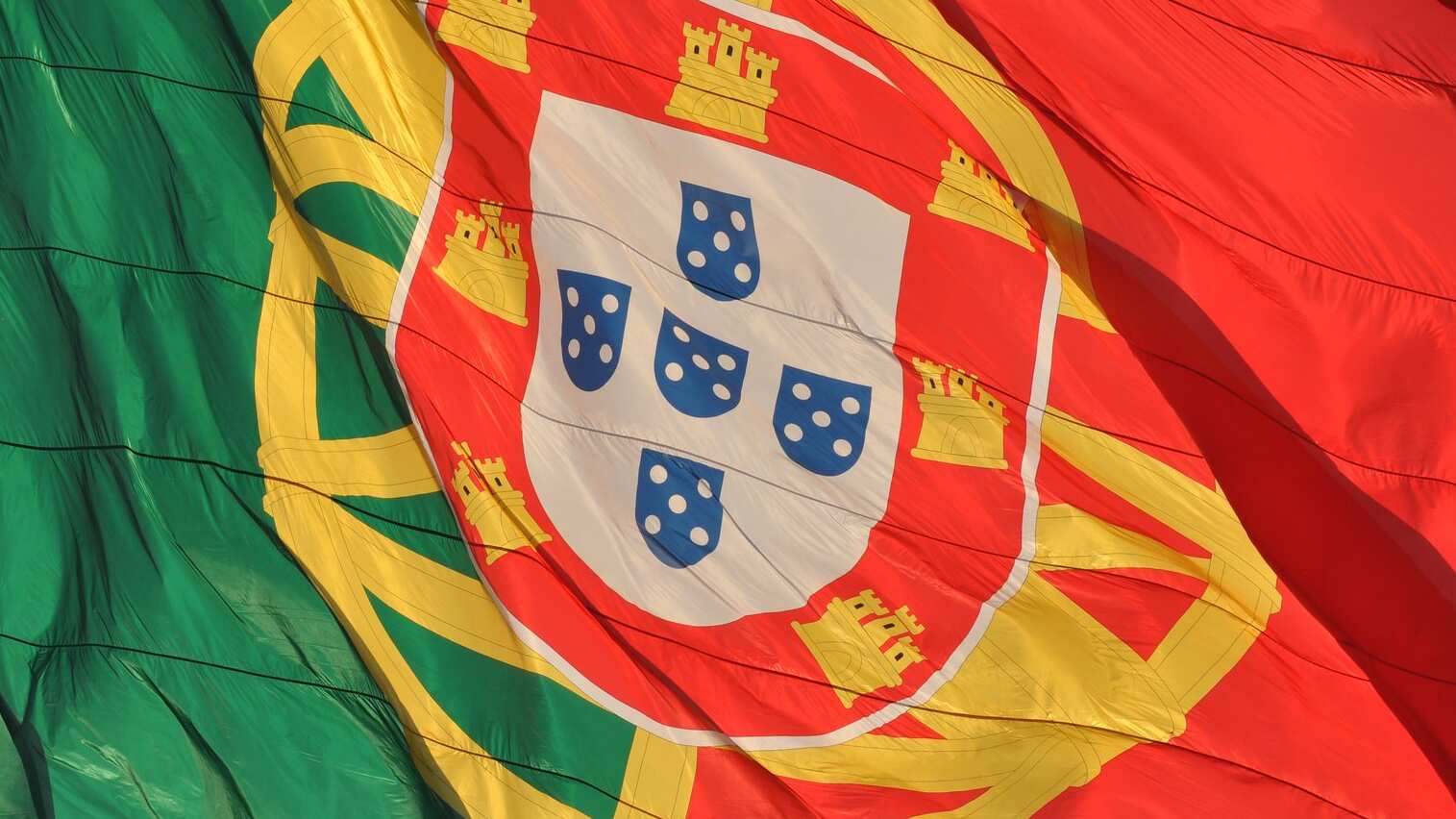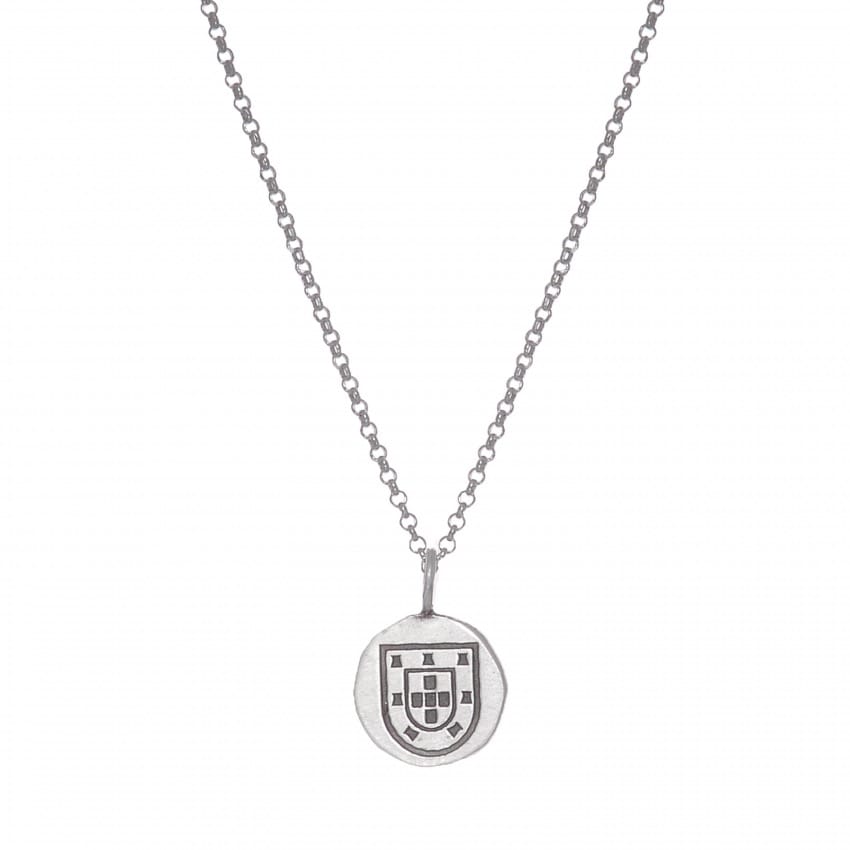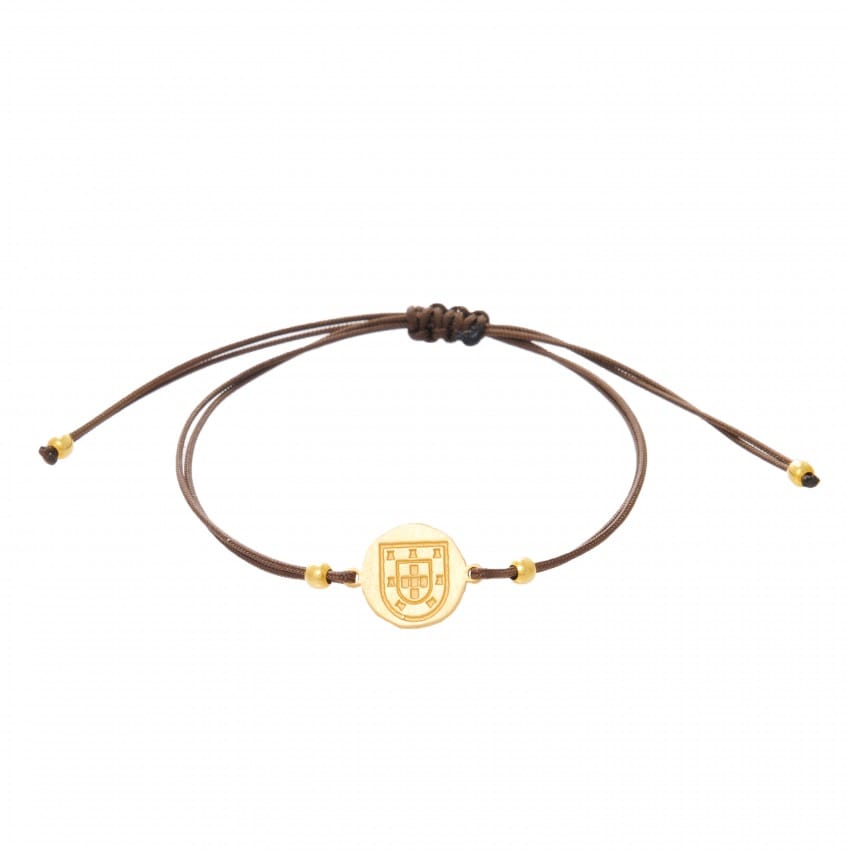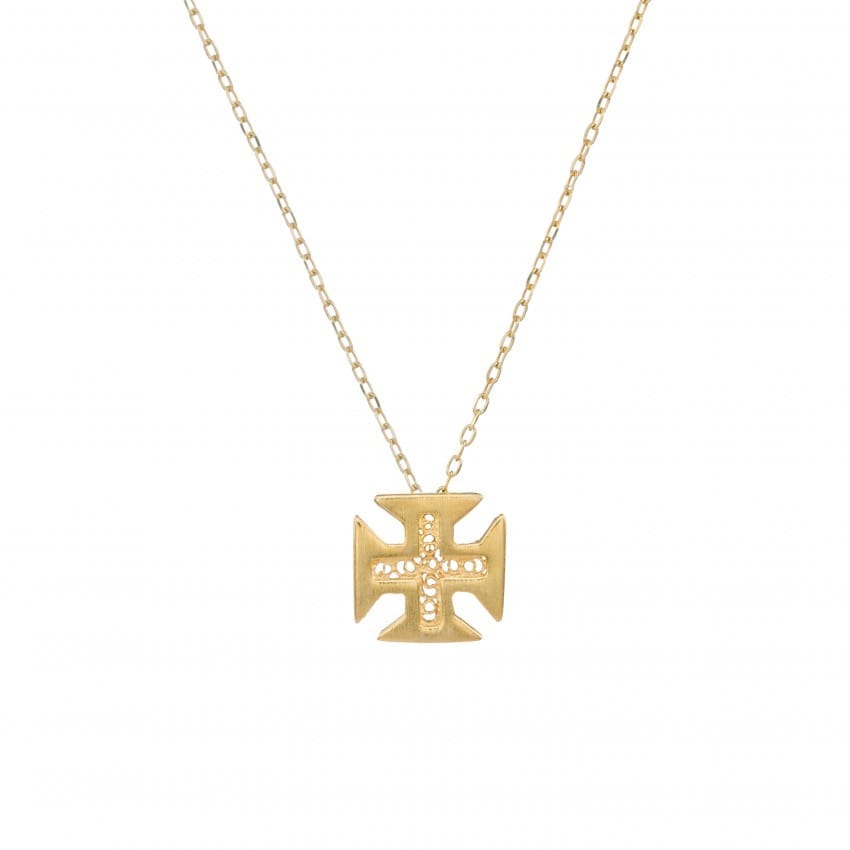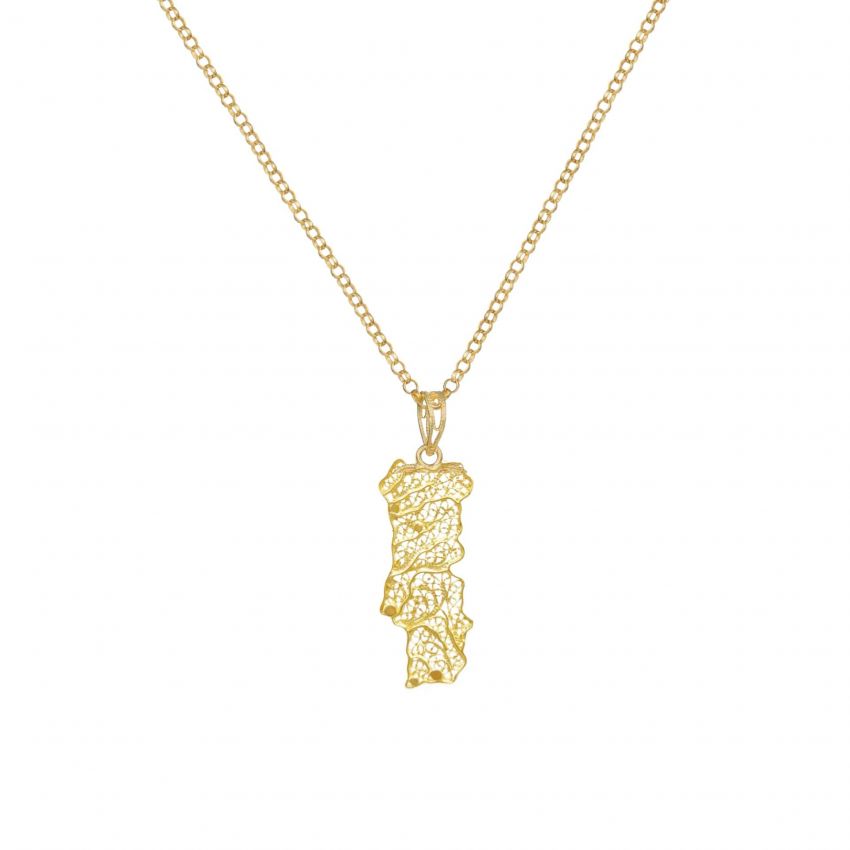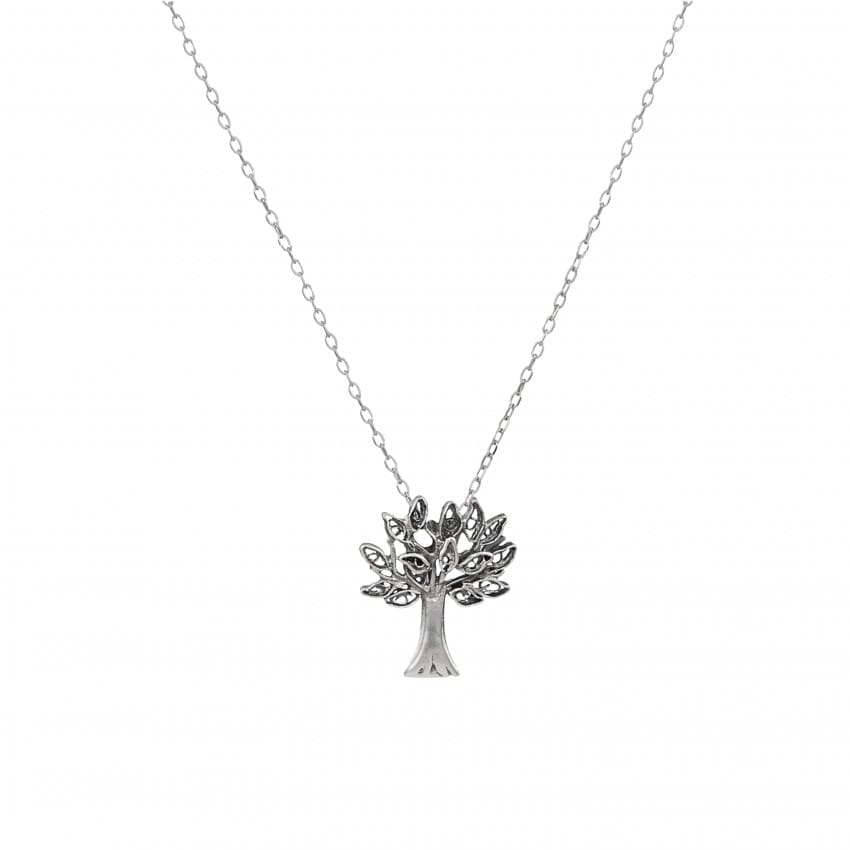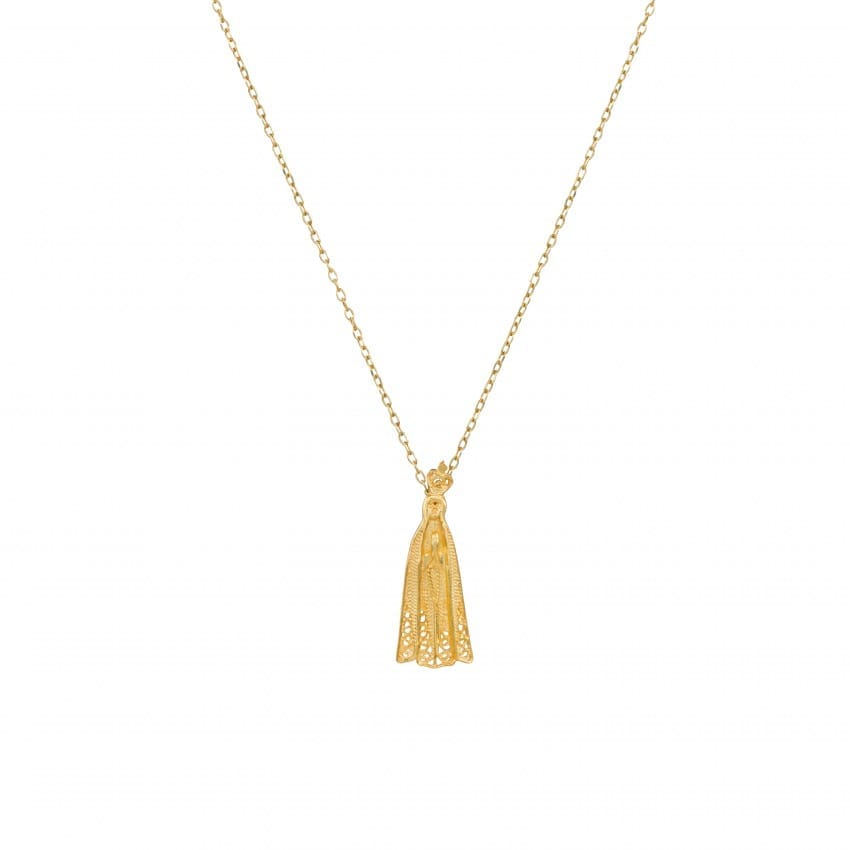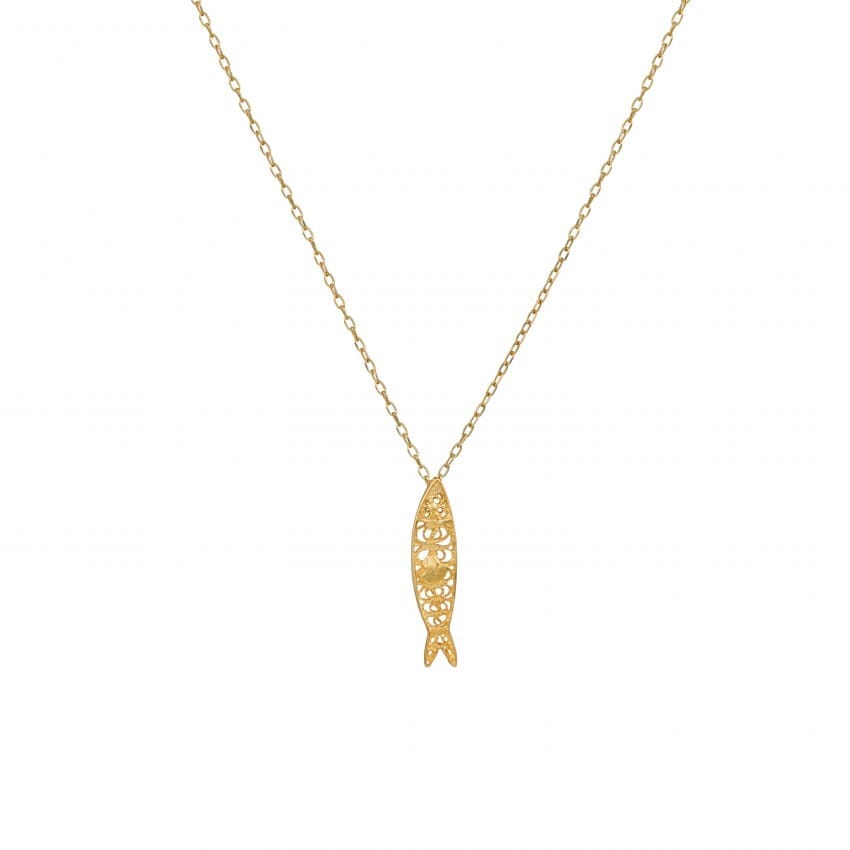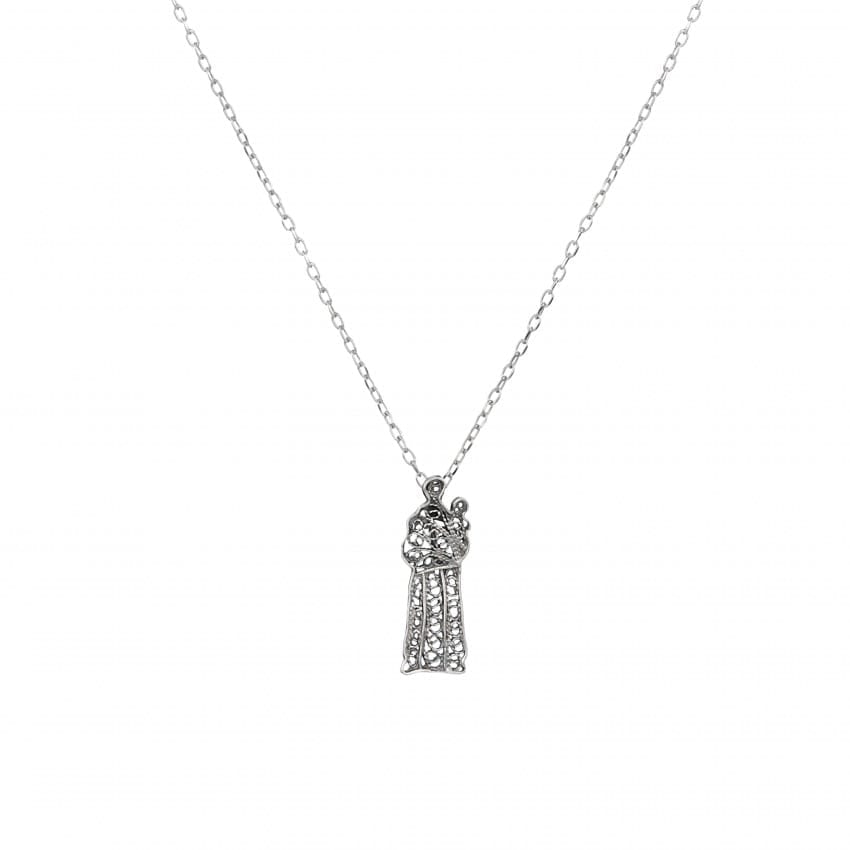- No products
The Portuguese Escudo: as a symbol and national identity
The Portuguese Escudo is much more than a simple heraldic symbol. It is the visual representation of the history, national identity, and intrinsic values of the Portuguese people.The Portuguese Escudo is one of the country's oldest forms of national identification, dating back to the beginnings of the Portuguese nation.
Its distinctive design incorporates historical and cultural elements, such as the five chevrons that represent the five Moorish kings defeated by King Afonso Henriques at Batalha de Ourique and symbolize the divine protection granted to Portugal during difficult times. In addition, the shield bears the armillary sphere, a symbol of the Age of Discovery and Portugal's role as a maritime and exploratory power in the XV and XVI centuries. Finally, the mural crown that surrounds the shield is a symbol of the country's sovereignty and independence.
Elements of the Portuguese Escudo: The five chevrons of Portugal
The five chevrons symbolize the five Moorish kings defeated by King Afonso Henriques at the Batalha de Ourique in 1139 and the dots inside the chevrons represent the five wounds of Christ inflicted during his crucifixion.
This emblem was adopted in Portugal during the reign of Afonso Henriques in the XII century as a way of thanking God for the protection granted during the Christian Reconquest of the Iberian Peninsula against the Moors. Since then, the five chevrons have been an essential element of Portuguese heraldry, representing faith, divine protection, and the country's national identity.
Symbols of the Portuguese flag: The armillary sphere
The armillary sphere is a symbol that dates back to the Age of Discovery, highlighting maritime and exploratory prowess in the XV and XVI centuries. It was adopted as the official symbol of Portugal during the reign of Dom Manuel I, around the end of the XV century.
Its complex and intriguing shape reflects the advanced Portuguese cartographic and naval knowledge of the time. Its symbolism transcends maritime conquests, evoking the constant search for new horizons and discoveries, thus praising the nation's historical and cultural legacy.
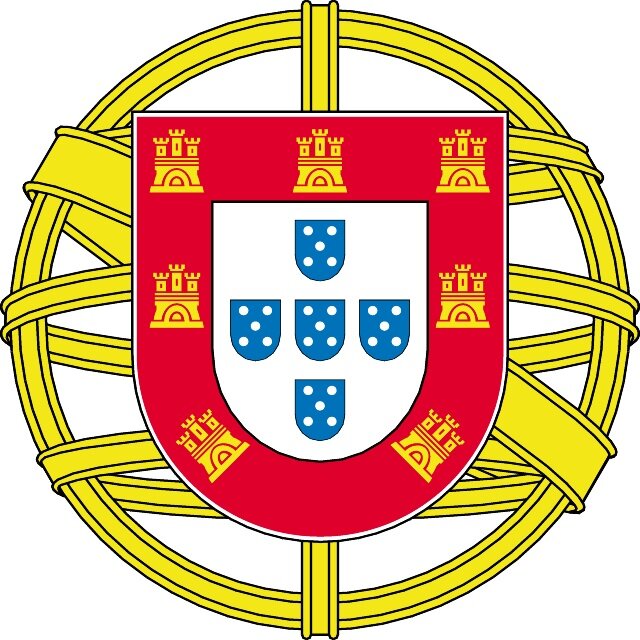
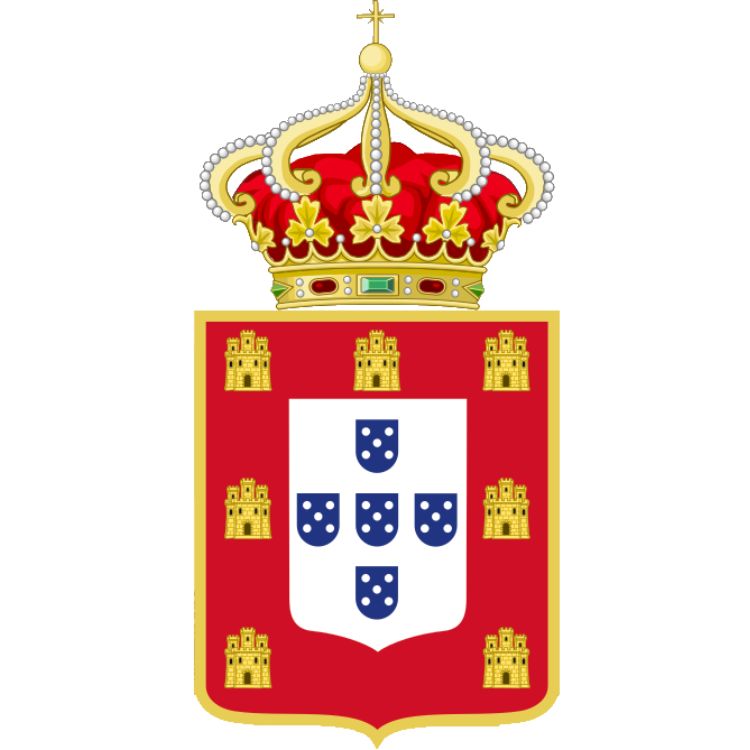
The mural crown: A historical symbol
The mural crown symbolizes a country's sovereignty and independence. It originated from the Roman tradition of rewarding the first soldier to climb the walls of a fortress.
Nowadays, the mural crown defines the category of the town or municipality and is made of silver with five apparent towers for cities, four for towns, and three for other parishes. The crown of arms of Lisbon, the country's capital, is the only gold one with five apparent towers.
The Portuguese Escudo is not just a symbol, but a living emblem of the soul of a resilient and persevering nation. It is a proud reminder of the epic journey, an inspiration for future generations, and a tangible manifestation of the fundamental values that unite the Portuguese people through our collection.
Jewelry with Portugal: symbols present in traditional jewelry
Our collections feature pieces inspired by the iconic Portuguese Escudo, reflecting the country's history and culture. With elegance and sophistication, the accessories, which include earrings, bracelets, necklaces, and rings, are made with high-quality silver and meticulous design, making each piece special and worthy of being a lasting symbol of Portuguese heritage.
To expand your options, we also offer a "Símbolos Portugueses" collection that hides a unique meaning in each piece, tracing the DNA of the country's collective soul.
Jewelry inspired by the Portuguese Escudo
Inspiration for the tangible symbols of Portuguese history and tradition has reinforced the creation of jewelry as a way of remembering and valuing the milestones in Portugal's history.
It is in this spirit of respect for tradition that our unisex "Escudo" collection stands out, launched in partnership with Ana Moura.

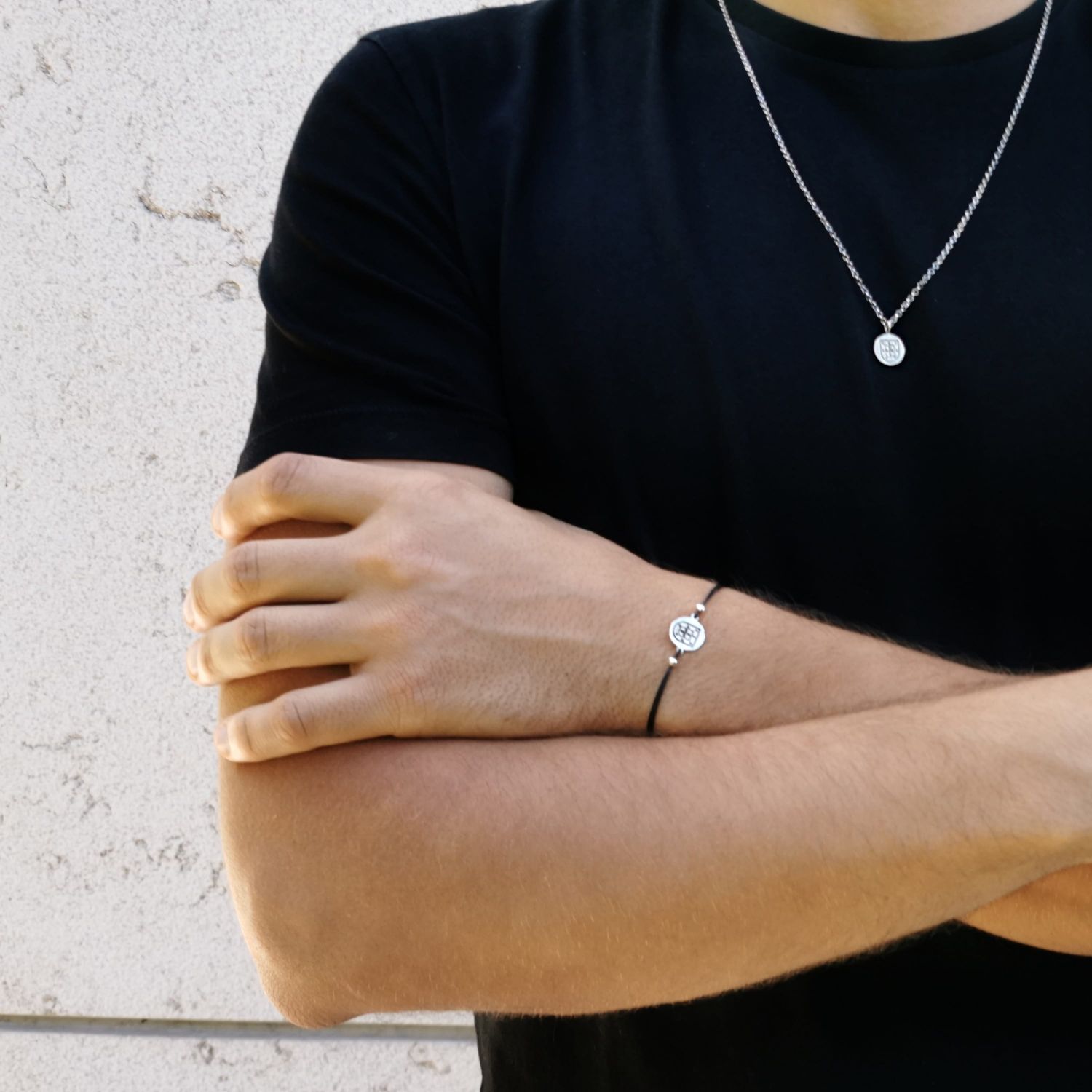
The Cross of Christ
Offer something memorable that can add a special, personalized touch to the occasion. Jewelry can be used as a lasting and meaningful reminder of the national symbol and a reminder of the importance of Portugal's cultural and historical heritage.
Jewelry for national and commemorative dates
Surprise and please your loved ones on patriotic dates such as Freedom Day (April 25th), Portugal Day (June 10th), or Independence Restoration Day (December 1st) with jewelry that demonstrates a sense of pride and respect for the country's history and culture.
To celebrate significant milestones and achievements
For someone who has completed an important stage in their life, such as graduating or starting parenthood, consider an ornament or even a set of the most iconic pieces of traditional Portuguese jewelry in silver and gold-plated silver as a way of showing recognition and support.
Popular Saints: Celebrating festive seasons with tradition
Popular Saints are a time of celebration, renewal, and sharing affection. During these religious moments, choose the ideal gift, considering the recipient's tastes and preferences. Opt for pieces that reflect their personality and unique style, ensuring the gift is significant.
Traditional Portuguese Jewelry: Take Portugal with you on your chest.
Choosing the ideal gift for the nation's different emblematic days is a way of showing value, gratitude, and recognition, taking into account the tastes, preferences, and profile of the recipient and getting the ideal gift.
Discover the entire Escudo and Portuguese Symbols collections, which brings together the meaning of Portugal.


